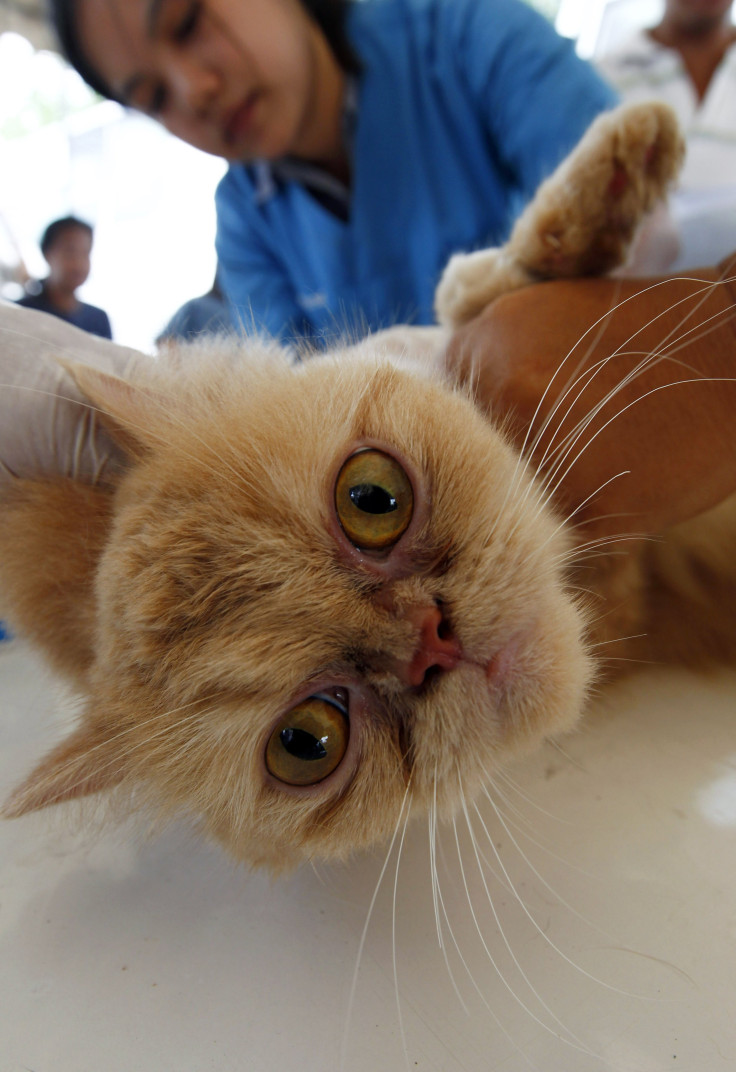'Indian Superbug' Found in First Domestic Cat in US, Makes Carrier Resistant to Virtually All Antibiotics

Dr. Rajesh Nayak has reported at the Interscience Conference on Antimicrobial Agents and Chemotherapy (ICAAC) that the first case of the Indian superbug NDM-1 in a domestic animal has been found in the United States.
Considering how close people are to their pets - letting them lick their faces, kissing them on the mouth, and sleeping in the same bed as them - you can see how worrisome that could be.
The superbug is actually a gene that encodes an enzyme that has been demonstrated to be resistant to almost all forms of antibiotics. The gene travels on pieces of DNA that can move between organisms. It, technically blaNDM, was found in isolates of E. Coli (E. Coli cells separated from other ones) sent to Nayak's laboratory at the Food and Drug Administration's National Center for Toxicological Research from Dr. Dawn Boothe at Auburn University.
The research was actually carried out by Dr. Bashar Shasheen at the laboratory. The bacterial samples were from veterinarians all over the United States. Of the 100 isolates they received from them, six - all from a single animal - all contained NDM-1.
Very little is known about the identity or the sample of the cat with the gene. More confusingly, the timeline does not make sense. The isolate is from 2008 - placing its very existence before the first identified case.
NDM-1 was first discovered in 2008 in Sweden. The patient was a man of Indian origin who had gone to India, was hospitalized there, recovered, and then hospitalized again upon his return to Sweden. Urine tests revealed Klebsiella, a type of bacteria, in his body. The bacterium was resistant to a wide array of drugs, including those normally prescribed in only the most severe of cases. The bacterium, in the end, was only susceptible to two drugs: one old and toxic, and one new but ineffective in certain tissues. It is unclear what happened to the patient.
Since then, NSM-1 has been discovered in people in the United Kingdom and in three people in the United States. All of the original patients, including the Swedish patient, had ties to India: family, travel or medical treatment there. The connection of the gene to South Asia - the 'ND' in its name stands for 'New Delhi' - has ignited a furor in India, claiming that the West is jealous of its medical tourism industry. Subsequent studies have found that the bug was not confined to hospitals, but rather traveling through the water supply, igniting a further outcry.
Whatever the political implication, the gene, by all indication, would be a catastrophe, rendering people and animals alike immune to antibiotics. And even worse, there are no symptoms of the gene's existence, so there is little way of knowing whether the gene is in your household right now.



























